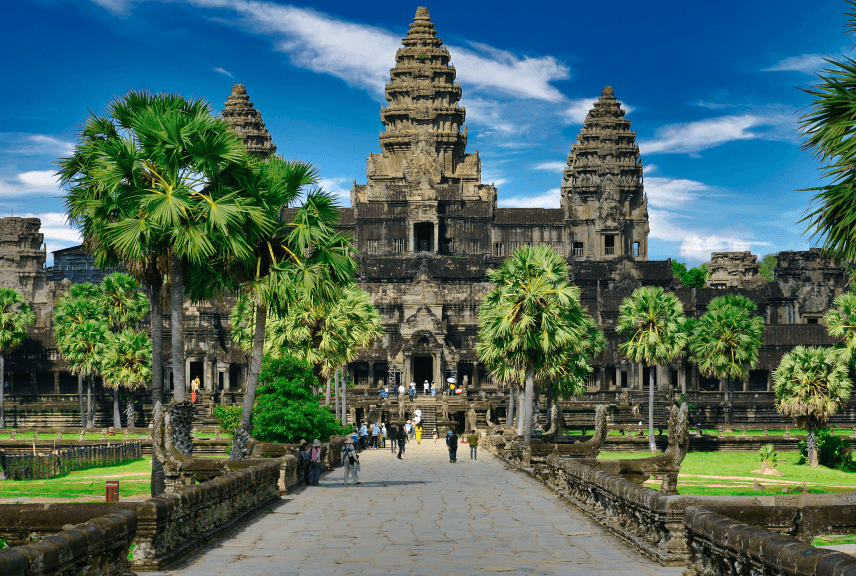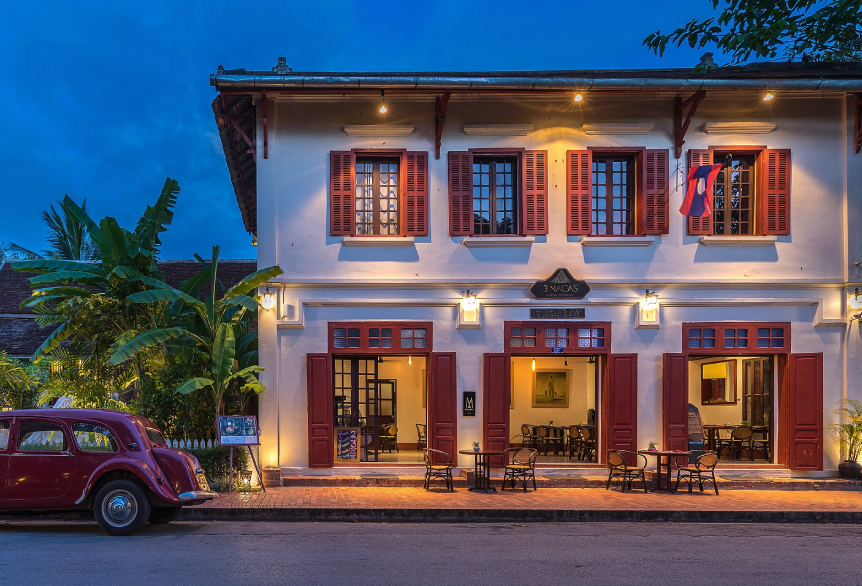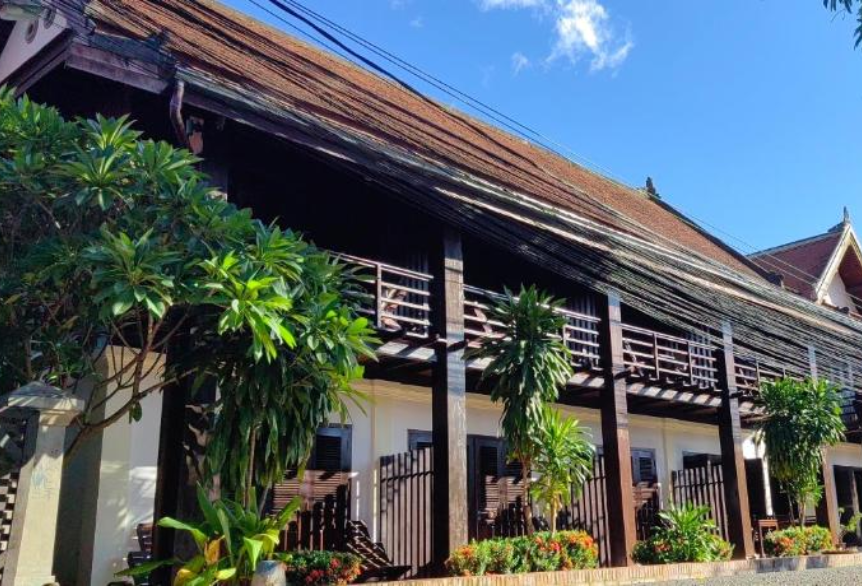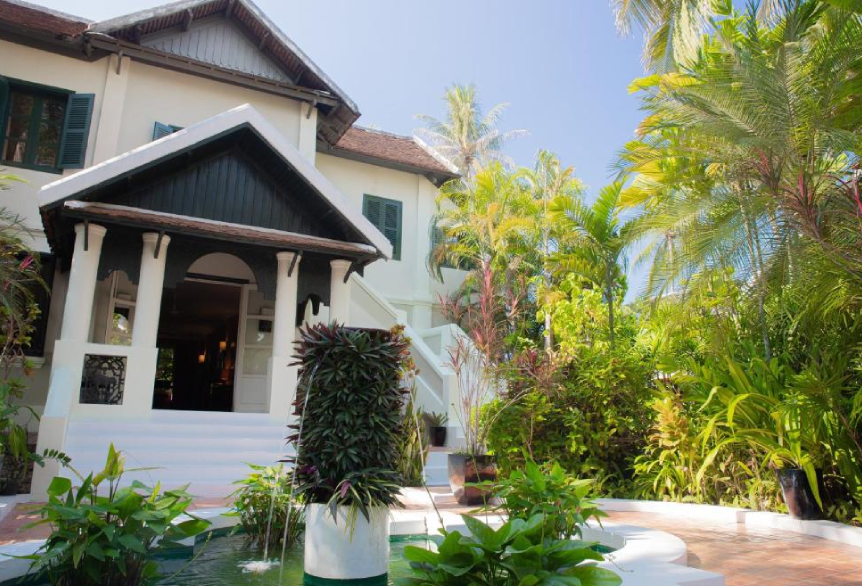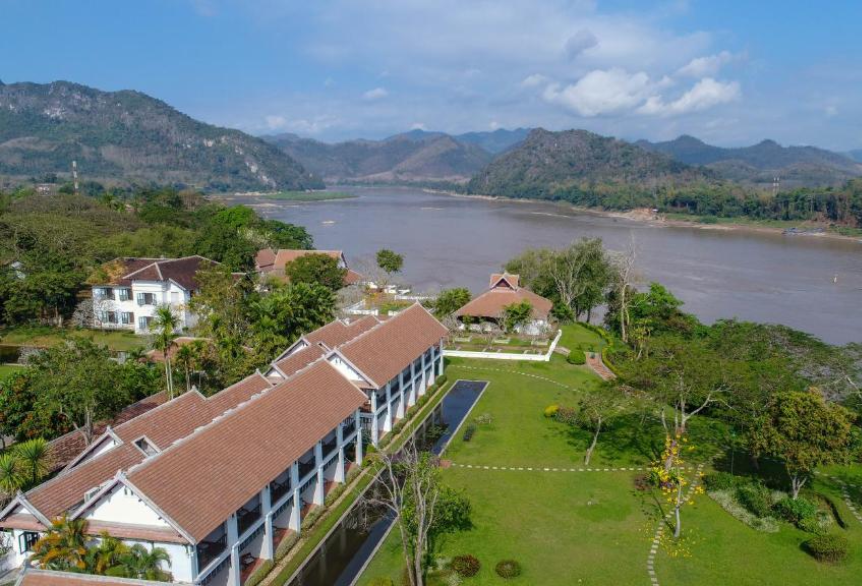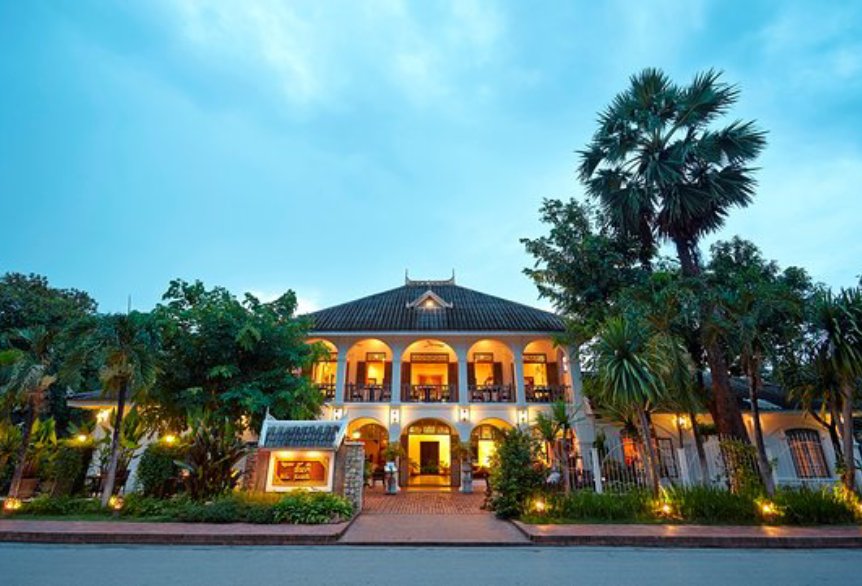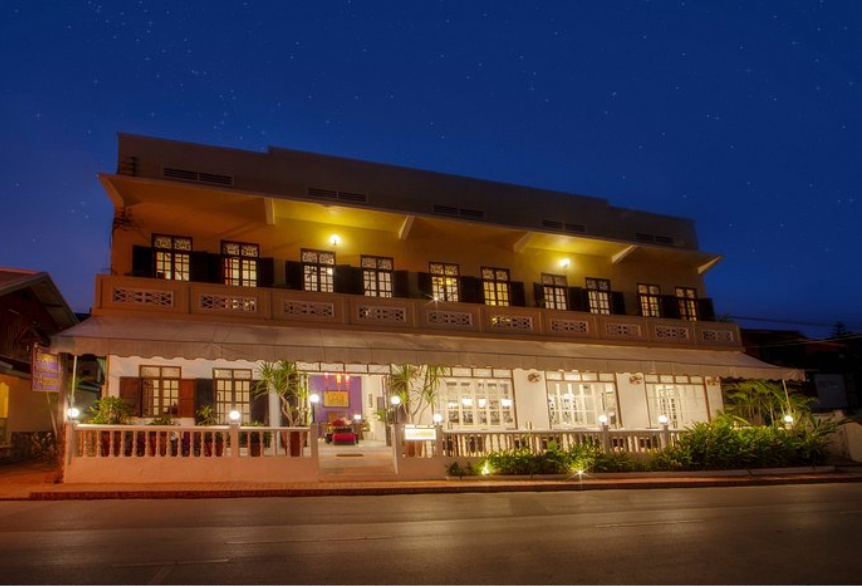Laos » Luang Prabang Hotels
Muang Sua was the old name of Luang Prabang following its conquest in 698 A.D. by a Tai prince, Khun Lo. Khun Lo had been awarded the town by his father, Khun Borom, who is associated with the Lao legend of the creation of the world, which the Lao share with the Shan and other peoples of the region. Khun Lo established a dynasty whose fifteen rulers reigned over an independent Muang Sua for nearly a century.[citation needed]
In the second half of the 8th century, Nan-chao intervened frequently in the affairs of the principalities of the middle Mekong Valley, resulting in the occupation of Muang Sua in 709. Nan-chao princes or administrators replaced the aristocracy of Tai overlords. Dates of the occupation are not known, but it probably ended well before the northward expansion of the Khmer empire under Indravarman I (r. 877-89) and extended as far as the territories of Sipsong Panna on the upper Mekong.[citation needed]
Monks collecting alms at dawn in Luang Prabang
In the meantime, the Khmers founded an outpost at Xay Fong near Vientiane, and Champa expanded again in southern Laos, maintaining its presence on the banks of the Mekong until 1070. Chanthaphanit, the local ruler of Xay Fong, moved north to Muang Sua and was accepted peacefully as ruler after the departure of the Nan-chao administrators. Chanthaphanit and his son had long reigns, during which the town became known by the Tai name Xieng Dong Xieng Thong.[citation needed]
The dynasty eventually became involved in the squabbles of a number of principalities. Khun Chuang, a warlike ruler who may have been a Kammu (alternate spellings include Khamu and Khmu) tribesman, extended his territory as a result of the warring of these principalities and ruled from 1128 to 1170. Khun Chuang, a single family ruled over a far-flung territory and reinstituted the Siamese administrative system of the 7th century. At some point, Theravada Buddhism was subsumed by Mahayana Buddhism.[citation needed]
Xieng Dong Xieng Thong experienced a brief period of Khmer suzerainty under Jayavarman VII from 1185 to 1191. By 1180 the Sipsong Panna had regained their independence from the Khmers, however, and in 1238 an internal uprising in the Khmer outpost of Sukhothai expelled the Khmer overlords. Xieng Dong Xieng Thong in 1353 became the capital of Lan Xang. The capital was moved in 1560 by King Setthathirath I to Vientiane, which remains the capital today.
In 1707, Lan Xang fell apart because of a dynastic struggle and Luang Prabang became the capital of the independent Luang Prabang kingdom. When France annexed Laos, the French recognised Luang Prabang as the royal residence of Laos. Eventually, the ruler of Luang Prabang became synonymous with the figurehead of the French Protectorate of Laos. When Laos achieved independence, the king of Luang Prabang, Sisavang Vong, became the head of state for the Kingdom of Laos.
Aftermath of Franco-Thai War Thailand occupied the city, since the Mekong River became the international border in the area. After the end of World War II, the Thai government returned Luang Prabang back to French. On March 9, 1945, a nationalist group declared Laos once more independent, with Luang Prabang as its capital. However, Colonel Hans Imfeld, commissioner of the French Republic, entered Luang Prabang on 25 August 1945 with a force of Franco-Laotian guerrillas and received assurances from the King that the French protectorate was still in force.[3] Luang Prabang remained the royal capital until 1975, when the Pathet Lao communists seized power with North Vietnamese support and ended the ancient monarchy.
